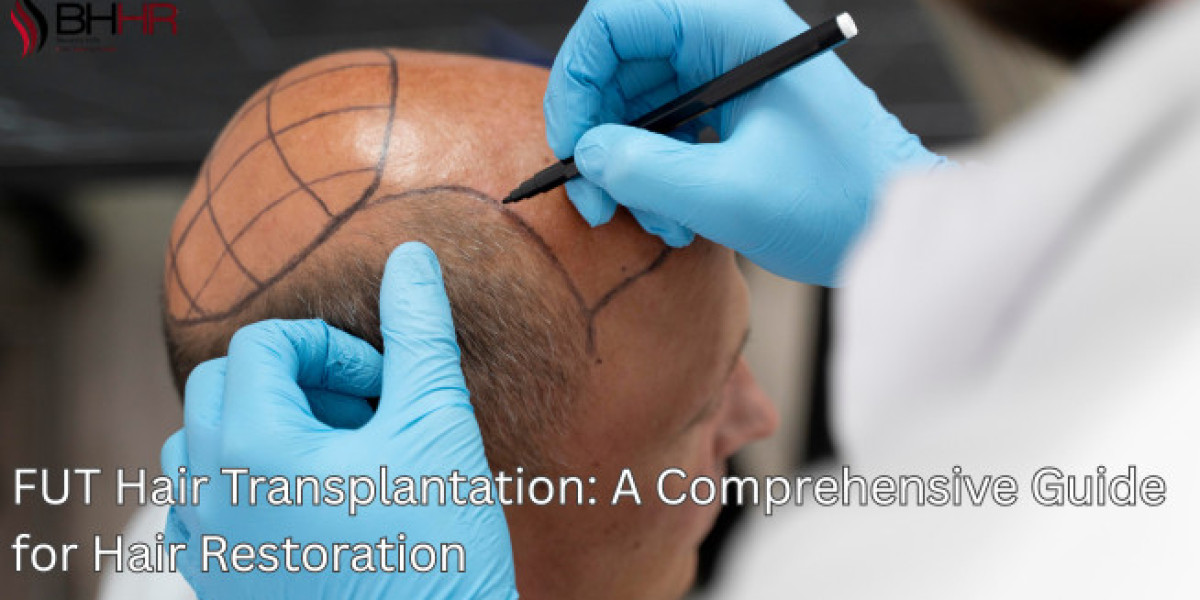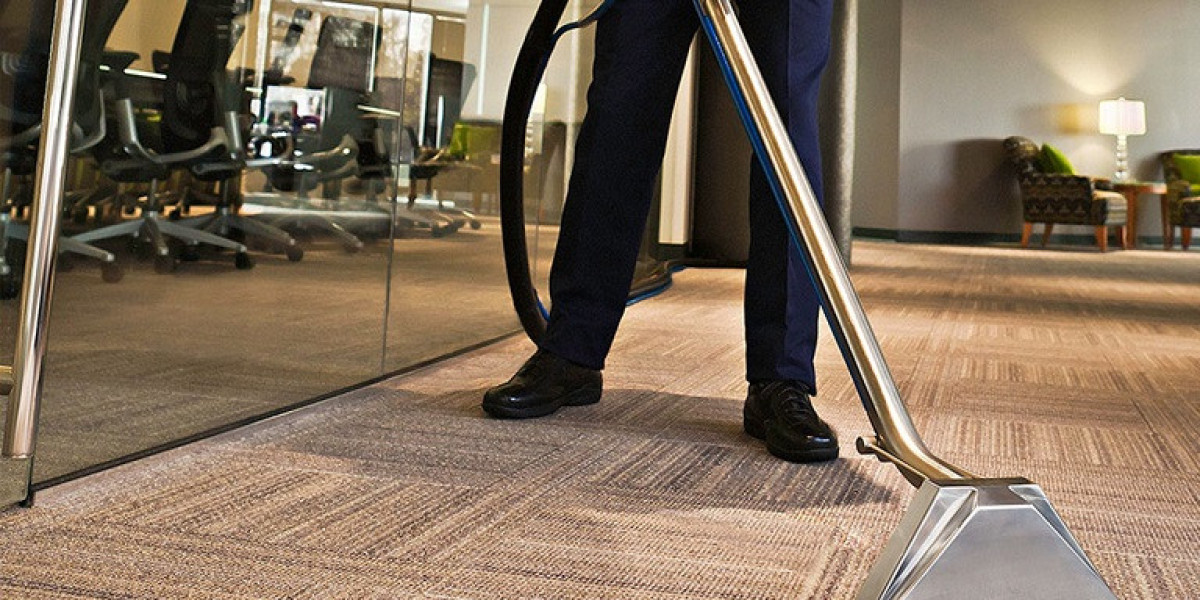Hair loss is a common concern that affects both men and women worldwide. While topical treatments and medications may help in the early stages, advanced baldness often requires a more permanent solution. Among the surgical options available, FUT hair transplantation has been a trusted technique for decades, delivering long-lasting and natural-looking results. This article provides an in-depth look at the procedure, its benefits, considerations, and what patients can expect throughout the journey.
What Is FUT Hair Transplantation?
Follicular Unit Transplantation (FUT) is a surgical technique in which a strip of scalp is removed from the donor area, typically the back or sides of the head where hair is genetically resistant to thinning. From this strip, follicular units—tiny groupings of one to four hairs—are carefully dissected under a microscope and implanted into balding or thinning areas. This method allows surgeons to transplant a large number of grafts in a single session, making it particularly effective for those experiencing significant hair loss.
How the Procedure Works
The FUT process follows a structured series of steps:
Preparation – The donor area is sterilized, numbed with local anesthesia, and marked for the strip removal.
Strip Removal – A thin strip of scalp containing healthy hair follicles is surgically excised. The wound is then sutured, leaving a fine linear scar that is usually hidden beneath surrounding hair.
Microscopic Dissection – The strip is divided into individual follicular units with precision, ensuring maximum graft survival.
Recipient Site Creation – Tiny incisions are made in the balding areas where new follicles will be implanted.
Graft Placement – The prepared follicular units are placed strategically, following the natural direction of hair growth to achieve a realistic appearance.
Advantages of FUT
This technique has remained a popular choice for many reasons:
High Yield of Grafts: FUT allows surgeons to harvest a large number of grafts in one session, ideal for advanced hair loss cases.
Natural Results: When performed by an experienced surgeon, the transplanted hair blends seamlessly with existing strands.
Cost-Effective: Compared to other methods, FUT can sometimes be more economical due to the volume of grafts transplanted.
Durability: Transplanted follicles are resistant to the hormone DHT, which causes pattern baldness, making the results permanent.
Recovery and Aftercare
After FUT hair transplantation, patients may experience mild swelling, soreness, and scabbing in both the donor and recipient areas. Sutures are usually removed after about 10–14 days. Most people can return to normal activities within a week, though strenuous exercise should be avoided for a couple of weeks. Shedding of transplanted hair typically occurs within the first month, which is a normal phase of the growth cycle. New hair starts to grow around the third to fourth month, with visible improvements by six months and full results within 12 to 18 months.
Possible Risks and Considerations
Like any surgical procedure, FUT comes with potential risks:
Linear Scar: While usually hidden under hair, a fine scar remains at the donor site.
Postoperative Discomfort: Temporary numbness or tightness in the donor area may occur.
Healing Time: Recovery may take slightly longer compared to other methods like FUE.
Infection or Poor Healing: Rare but possible if aftercare instructions are not followed properly.
Choosing a skilled surgeon is the best way to minimize risks and ensure the best possible outcome.
Who Is a Suitable Candidate?
Not everyone is an ideal candidate for FUT hair transplantation. The procedure is generally best suited for individuals who:
Have significant hair loss requiring a large number of grafts.
Possess good scalp laxity, allowing easier strip removal.
Are not concerned about a potential linear scar.
Seek long-term, natural-looking hair restoration.
A consultation with a qualified specialist is crucial to determine whether this method or another approach, such as FUE, is better for the individual’s needs.
FUT vs. FUE
FUT and Follicular Unit Extraction (FUE) are the two primary hair transplant methods. While FUT involves removing a strip of scalp, FUE harvests individual follicles directly using tiny punches. FUT is typically more suitable for patients needing a higher graft yield, while FUE is preferred for those who want to avoid a linear scar and enjoy faster recovery. Both methods can deliver excellent results when performed by an experienced surgeon.
Final Thoughts
Hair restoration is not just about regaining lost hair—it’s about restoring self-confidence and improving quality of life. FUT hair transplantation remains a reliable and effective solution for individuals facing extensive hair loss. With proper planning, skilled surgical execution, and diligent aftercare, patients can expect results that look and feel natural for years to come.








